The European Data Protection Regulation (GDPR) provides a way to improve the information of people and to facilitate their rights.
The right to access allows people to know if data about them are processed and to communicate them in a readable format. It allows people to control the accuracy of the data and, if necessary, to correct or delete it.
However, how to find a person in his/her information system? knowing that the information about this person can be located in any application (CRM, HR, accounting, etc.) and, or in files, mail, ...
Concretely, how to find a person in his/her information system, knowing that the information about this person can be located in any application (CRM, HR, accounting, etc.) and, or in files, mail, ...
Localize the person in the business applications, files, mail, ...
Identify the data associated with the person
Process steps
Get the unique identification elements of the person -name-surname, email, phone, ...
Activate a centralized search based on the unique identification elements
Launch the audit on the volumes of data to analyze
From the location of the person in the information system, extract the data associated with it



